Aquatics FAQs
Recommendations for Fully Vaccinated People
COVID-19 Homepage
Leveraging Art to Bring the Community Together
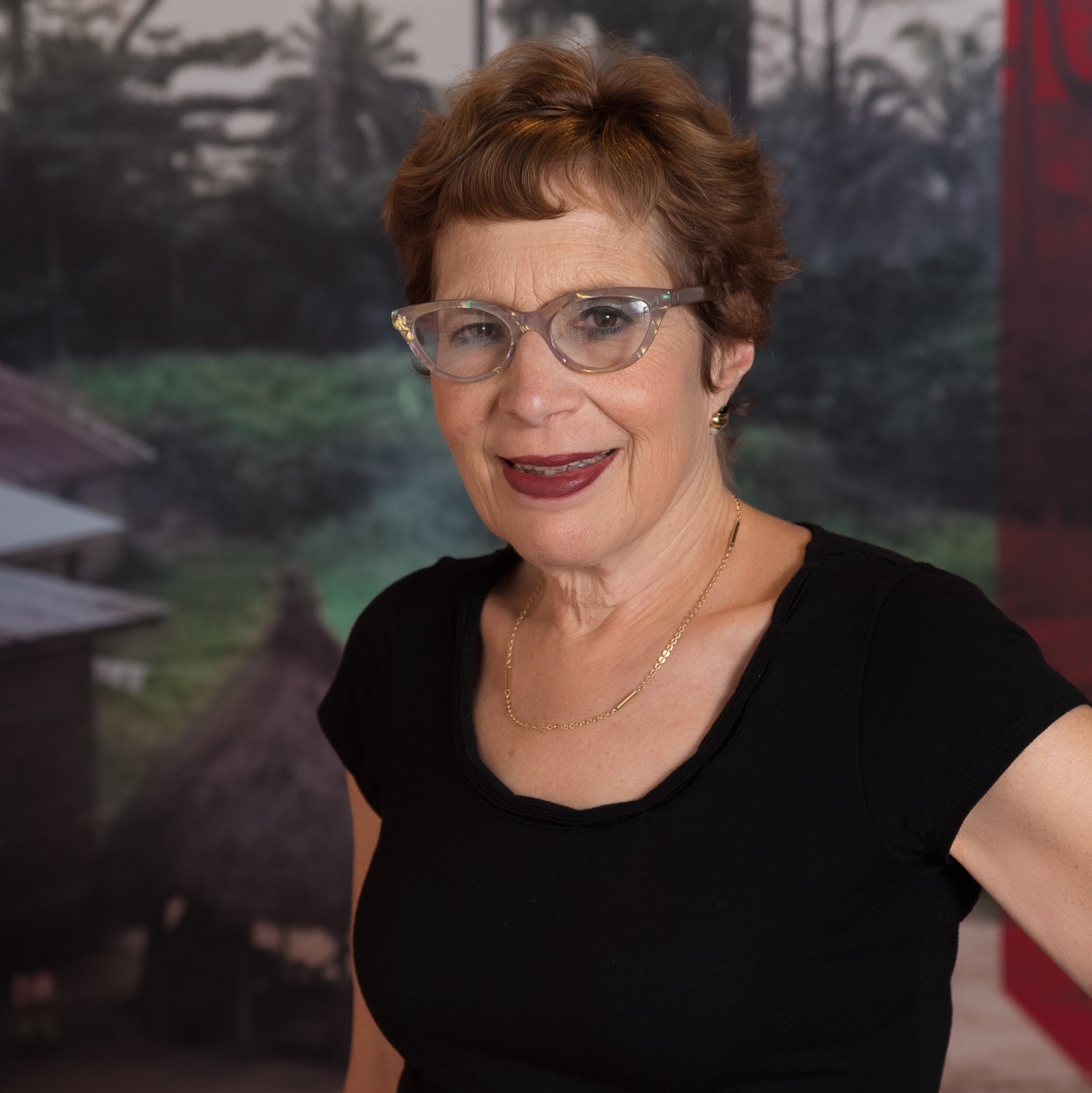
The Signs of Solidarity initiative uses the arts to convey public health messages and boost community trust in COVID-19 vaccines. Louise E. Shaw, the curator of the David J. Sencer CDC Museum, and her colleagues Kathleen Holmes and John Donovan partnered with CDC’s Vaccine Task Force and the Atlanta arts organization Living Walls to commission art banners that encouraged Atlanta residents to get vaccinated.
The Signs of Solidarity initiative uses the arts to convey public health messages and boost community trust in COVID-19 vaccines. Louise E. Shaw, the curator of the David J. Sencer CDC Museum, and her colleagues Kathleen Holmes and John Donovan partnered with CDC’s Vaccine Task Force and the Atlanta arts organization Living Wallsexternal icon to commission art banners that encouraged Atlanta residents to get vaccinated.
During the summer of 2021, Georgia Department of Public Heath launched the Say “YES” Summer Series, which sought to rally communities across Georgia to get the COVID-19 vaccination. The initiative has served as a case study for other communities nationwide interested in using arts and culture to promote vaccine confidence. The banners were displayed throughout Atlanta, and pop-up COVID-19 vaccination events were held at three of the art installation sites.
Louise grew up in Quincy, Massachusetts, and has always been interested in art. When Shaw was in the seventh grade, she began attending art classes at the Museum of Fine Arts in Boston, and she knew right away that she wanted to work in museums. “I made a career choice very early in my life, and I feel really blessed,” Louise says.
Louise earned a bachelor’s degree in English and Studio Art from Clark University, and then went on to get a master’s degree in museology, the profession of museum management and organization, from Syracuse University. Her first position was at the Atlanta History Center, where she learned about developing history-based exhibitions. She then served as executive director of the Atlanta Contemporary Art Center for 18 years. These experiences prepared her for a 20-year career as the CDC Museum’s curator. Louise says it took her a few years to fully comprehend CDC, but she thanks the late Dr. Sencer for helping her do so.
“Dr. Sencer told me, ‘Louise, in clinical medicine, the individual is the patient, but in public health, the community is the patient,’ ” Louise recalls.
Elisabeth Wilhelm works with the COVID-19 response’s Vaccine Confidence team. Elisabeth also has an artistic background, having graduated from Pratt Institute in Brooklyn with a bachelor’s degree in writing. She has also worked on projects in Africa, including living in Zambia for two years.
“If you wouldn’t launch an immunization campaign without songs and dances in place like Zambia, why would we expect to do it any differently in the United States?” Elisabeth says.
After the Vaccine Confidence team reached out to explore merging arts, cultures, and libraries, with scientific institutions to create community confidence in the vaccine, the museum suggested that CDC launch the Atlanta Arts Pilot Project. Through her art networks in the Atlanta arts community, Louise was able to connect with Living Walls, an Atlanta arts organization that specializes in street art that emphasizes social justice problems. Living Walls responded with the Signs of Solidarity banner project. While Louise facilitated CDC’s partnership with Living Walls, she credits her team with moving the initiative forward.
John, a health communicator who used art as an escape while growing up in a rural town in Pennsylvania, worked on the Signs of Solidarity project for five months. The major purpose of the initiative was to promote optimism and hope through the COVID-19 vaccination and reach people disproportionately affected by this disease.
“The initial conversations from what I understood when I came on in January of 2021, was we have novel virus, a novel disease, and relatively novel vaccine technologies,” John says. How do we convey this in a novel fashion and break through the clutter?”
Kathleen worked in global health at CDC for over a decade before joining the COVID-19 response, working to generate COVID-19 vaccine confidence and demand. She first became interested in photography as a teenager, after landing her first job selling cameras. Later, she pursued that interest as a darkroom technician for her undergraduate school newspaper.
Since her career began at CDC, she has not had the opportunity to implement work directly in her own backyard. Kathleen says Signs of Solidarity was an incredible opportunity to participate in a project that sought to encourage people in her community to get vaccinated.
While this endeavor came together wonderfully, the team did experience some hurdles. Louise says the most important lesson she learned while working on the Signs of Solidarity project was that you must be willing to pivot. Louise, who has worked on numerous other public art projects, says that there would always be hiccups and technological challenges. There were instances when businesses had to choose whether to participate, and there were also times when locations changed. “On a practical side, you have to be ready to pivot” Louise says. “But on the message side, you need to be able to pivot as well.”
Making direct links between the arts and public health was a “dream come true,” she says.
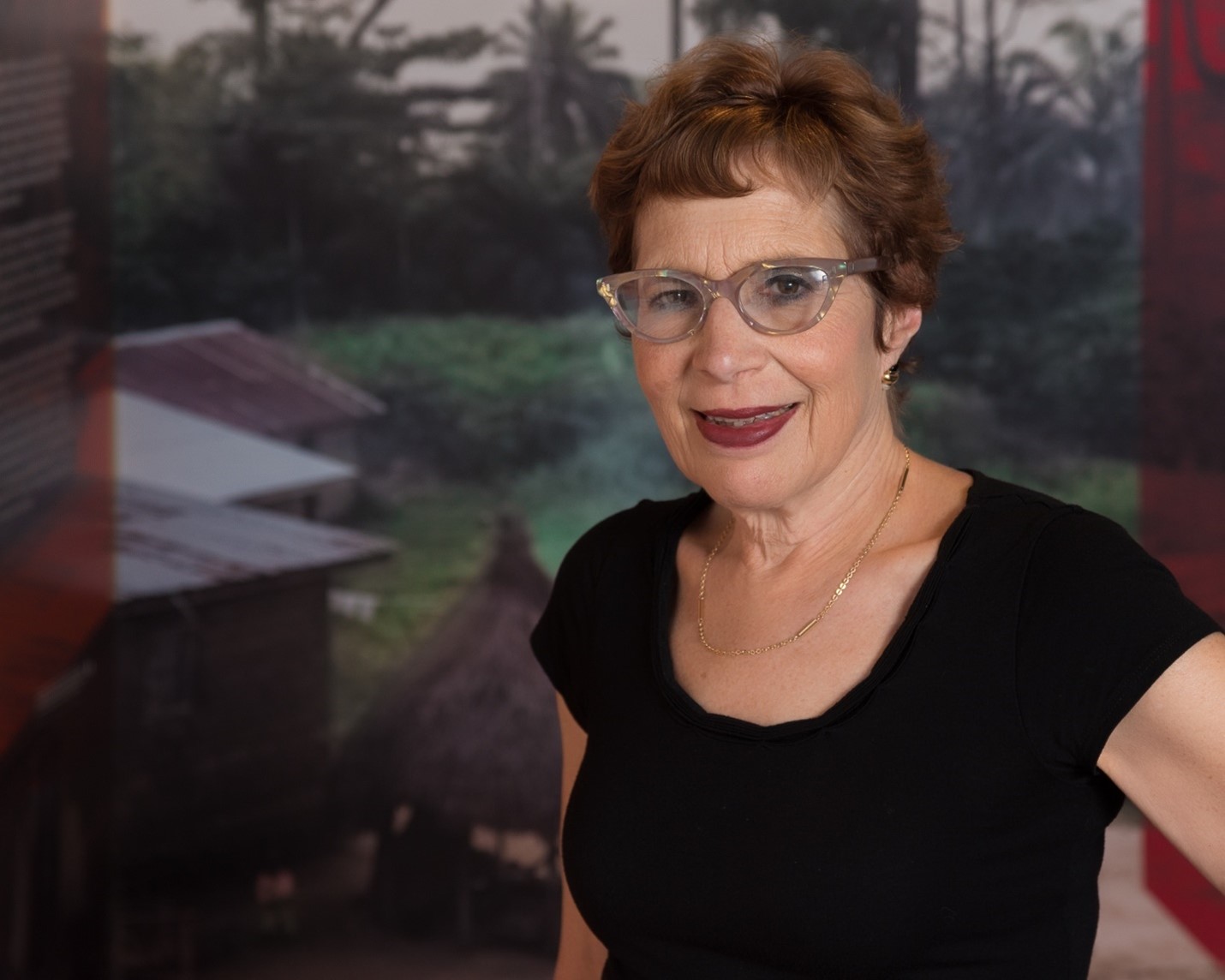
Figure 1 Louise Shaw, CDC Museum Curator
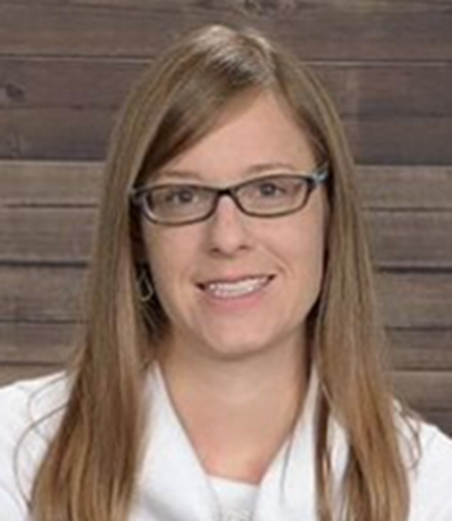
Figure 2. Kathleen Holmes
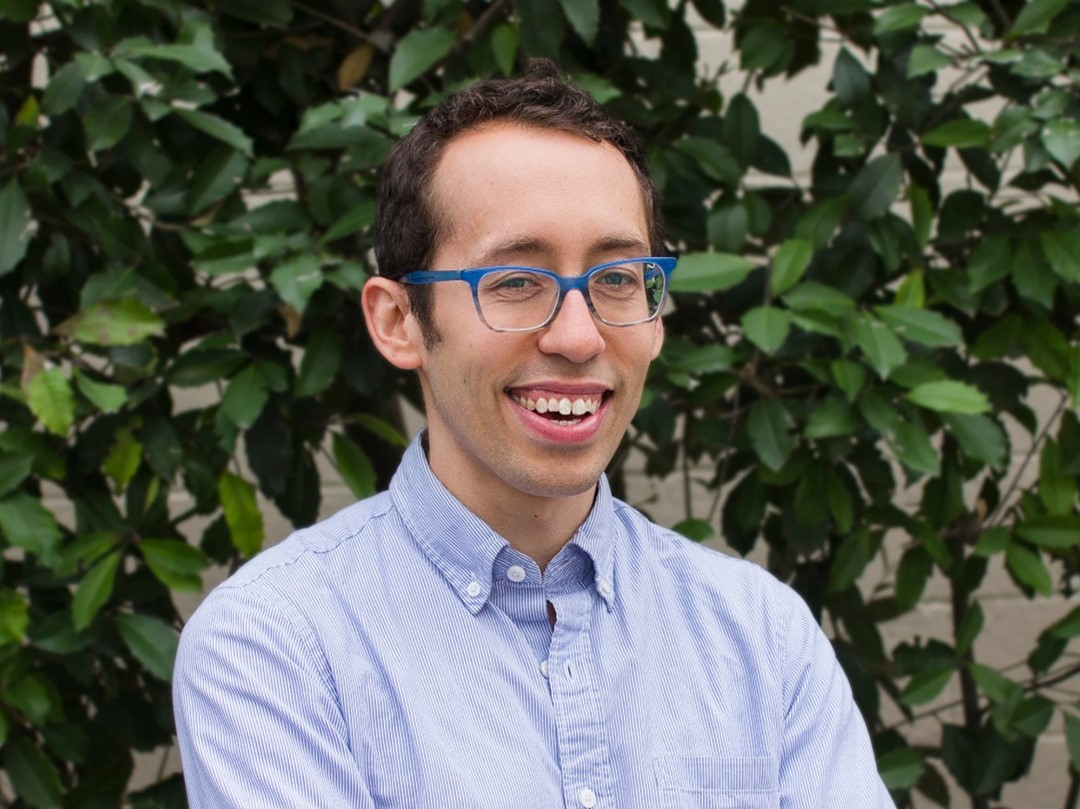
Figure 3. John Donovan
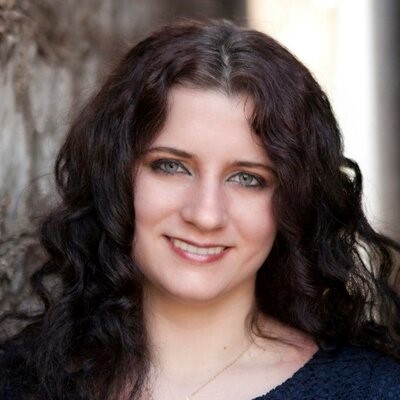
Figure 4. Elisabeth Wilhelm
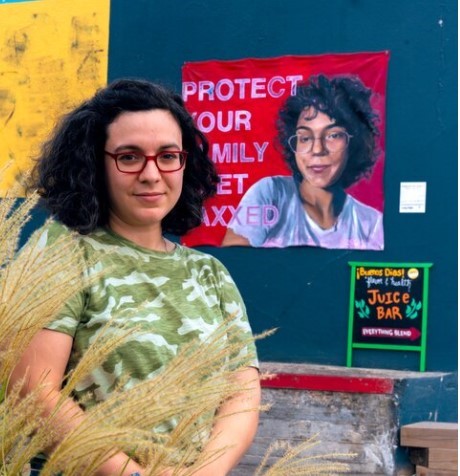
Figure 5. Artist Angela Bortone
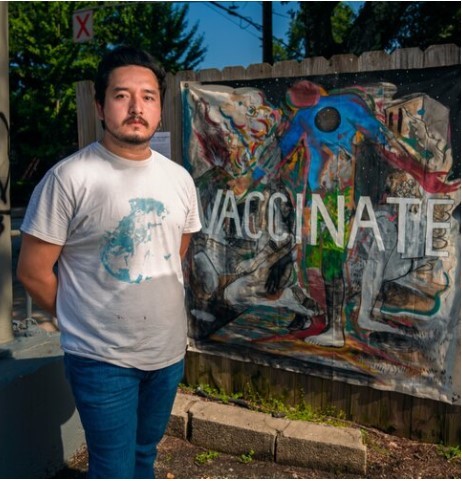
Figure 6. Artist Sergio Suarez